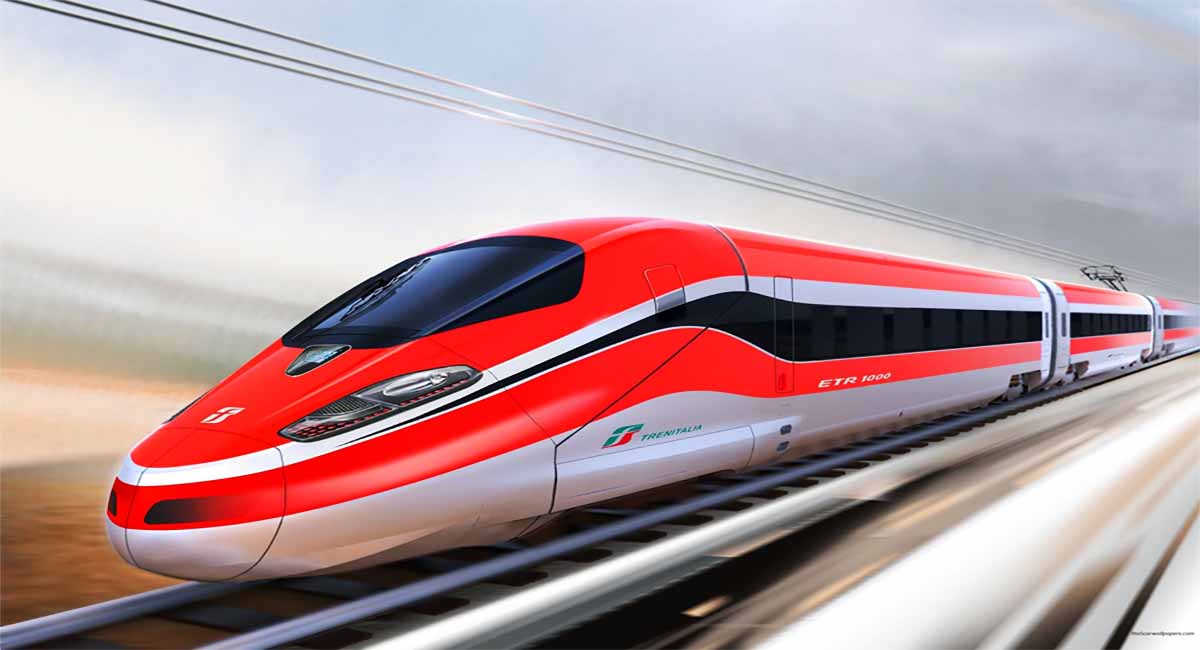Train Engine
A train engine, also known as a locomotive, is a self-propelled vehicle that pulls or pushes railroad cars along a railway track. It provides the power needed to move heavy loads over long distances.
The importance of Train Engines in the Transportation Industry
Train engines are essential in the transportation industry because they allow for the efficient movement of goods and people. They can pull a long train of cars or freight containers, making it possible to transport large quantities of goods over long distances quickly and cost-effectively. They also provide a means of transportation for people, with passenger trains running on many routes around the world.
Brief History of Train Engines
The history of train engines dates back to the early 1800s when the first steam-powered locomotive was developed. Over time, the design of train engines has evolved significantly, with diesel and electric-powered locomotives replacing steam engines in many areas.
Purpose of the Guide
The purpose of this guide is to provide an overview of train engines, their history, and their importance in the transportation industry. It will cover the different types of train engines, how they work, and their various applications in the modern world.
Train Engine Types
Diesel Train Engines
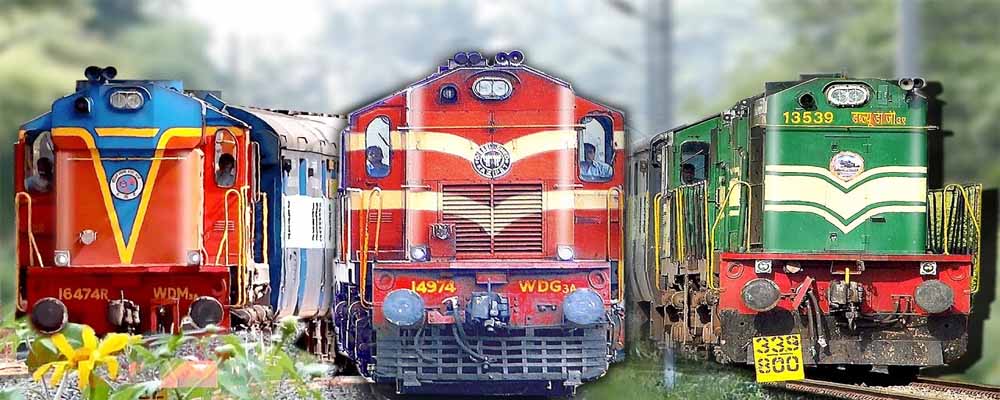
Diesel train engines are a type of locomotive that uses diesel fuel to power its engine. They are commonly used for freight transportation and long-distance passenger travel. Here is some information about how diesel train engines work, their advantages and disadvantages, and common uses:
How They Work:
Diesel train engines work by using diesel fuel to power a diesel engine, which in turn powers the wheels of the locomotive. The diesel fuel is burned in the engine, producing energy that is converted into mechanical power. This power is then used to turn the wheels of the train, allowing it to move along the track. Diesel engines can be designed as either two-stroke or four-stroke engines.
Advantages and Disadvantages:
One of the main advantages of diesel train engines is their fuel efficiency. They are more fuel-efficient than steam engines, and they produce less pollution than coal-fired locomotives. Diesel engines also have a longer lifespan than steam engines and require less maintenance.
However, diesel engines do have some disadvantages. They can be noisy and produce air pollution, although advances in technology have made them much cleaner than they were in the past. Diesel engines can also be expensive to purchase and maintain.
Common Uses:
Diesel train engines are commonly used for freight transportation, as they are able to pull heavy loads over long distances. They are also used for long-distance passenger travel, such as on Amtrak trains in the United States. In addition, diesel engines are used in commuter rail service in many urban areas around the world.
Electric Train Engines
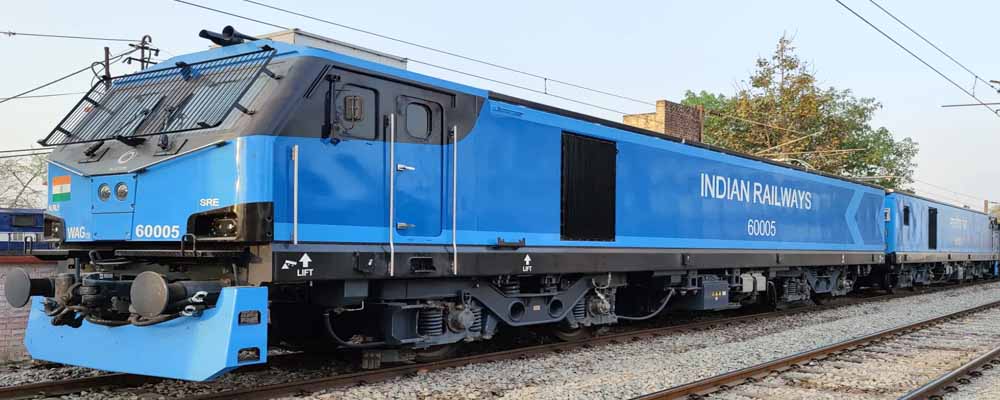
Electric train engines, also known as electric locomotives, use electricity to power their engines instead of diesel fuel. They are commonly used for both freight and passenger transportation, particularly in densely populated areas with high traffic volumes. Here is some information about how electric train engines work, their advantages and disadvantages, and common uses:
How They Work:
Electric train engines receive their power from overhead wires or a third rail that runs alongside the track. The electricity is converted into mechanical power by an electric motor, which turns the wheels of the train. The electricity used to power electric locomotives is typically generated by hydroelectric, nuclear, or other non-polluting means.
Advantages and Disadvantages:
One of the main advantages of electric train engines is their environmental friendliness. They produce no direct emissions and are very efficient at converting electrical energy into mechanical energy. Electric locomotives also tend to be quieter than diesel engines, making them ideal for use in urban areas.
However, electric train engines do have some disadvantages. They require a significant infrastructure investment to build and maintain the power supply, such as the overhead wires or third rails. They also require more maintenance than diesel engines due to the complexity of their electrical systems.
Common Uses:
Electric train engines are commonly used for both passenger and freight transportation. In many urban areas around the world, electric trains are used for commuter rail service, such as the New York City Subway or the London Underground. High-speed rail systems, such as the Japanese Shinkansen or the French TGV, also use electric train engines to power their trains. Freight railroads also use electric locomotives to transport heavy loads over long distances, particularly in countries like China and Russia where long-distance electrified rail lines have been built.
Steam Train Engines
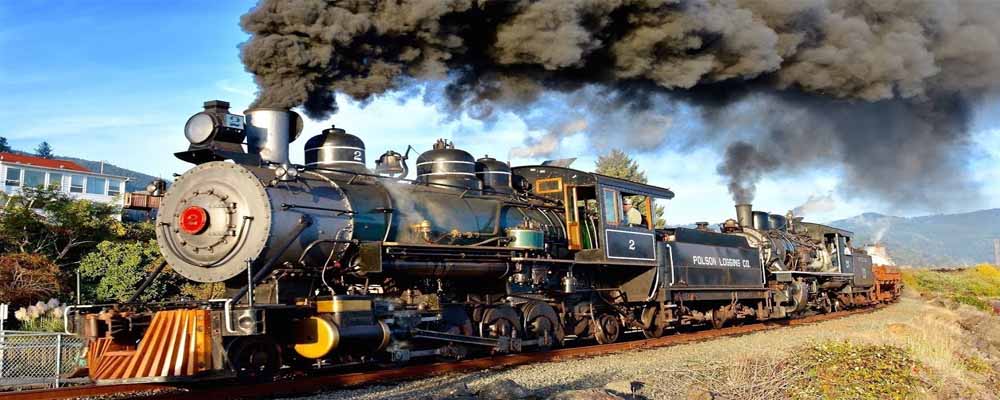
Steam train engines are a type of locomotive that uses steam power to move. They were once a common sight on railways around the world, but today they are mainly used for heritage or tourist purposes. Here is some information about how steam train engines work, their advantages and disadvantages, and common uses:
How They Work:
Steam train engines work by using coal, wood, or oil to heat water in a boiler. The steam produced by the boiling water is then directed to a piston or turbine, which converts the steam energy into mechanical power. This power is then used to turn the wheels of the locomotive, allowing it to move along the track.
Advantages and Disadvantages:
One of the main advantages of steam train engines is their simplicity. They have relatively few moving parts, making them easy to maintain and repair. They also produce a distinctive sound and smell that is associated with traditional railway travel.
However, steam train engines do have some disadvantages. They are less efficient than diesel or electric locomotives and produce more pollution. They also require more maintenance than modern locomotives, including frequent cleaning of the boiler and firebox.
Common Uses:
Today, steam train engines are mainly used for heritage or tourist purposes. Many steam trains operate on preserved railways, allowing visitors to experience traditional railway travel. Some steam trains are also used for special events, such as weddings or film productions. While they are no longer used for commercial transportation, steam trains played an important role in the history of railways and are a symbol of a bygone era.
Hybrid Train Engines
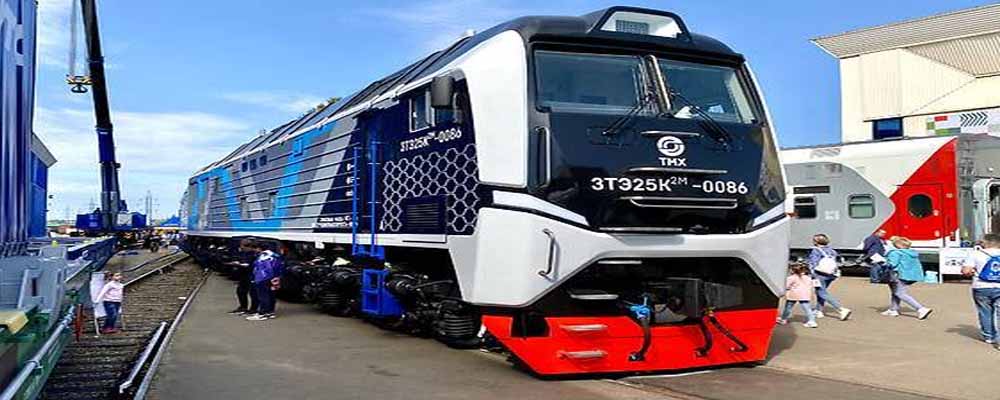
Hybrid train engines combine two or more power sources, typically a combination of diesel or electric power, to provide propulsion for locomotives. They are a relatively new technology in the railway industry, with the first hybrid locomotives being introduced in the early 2000s. Here is some information about how hybrid train engines work, their advantages and disadvantages, and common uses:
How They Work:
Hybrid train engines work by combining the power from multiple sources, typically a diesel engine and an electric motor. The diesel engine provides power to an electric generator, which in turn powers an electric motor that drives the wheels of the locomotive. During acceleration, both the diesel engine and electric motor are used, while at cruising speed, the electric motor can operate independently, powered by batteries or energy regeneration from braking.
Advantages and Disadvantages:
One of the main advantages of hybrid train engines is their fuel efficiency. By combining diesel and electric power, hybrid locomotives are able to use less fuel and produce fewer emissions than traditional diesel engines. They are also quieter than diesel engines, making them suitable for use in urban areas.
However, hybrid train engines do have some disadvantages. They can be more complex than traditional locomotives, which can make them more expensive to purchase and maintain. Hybrid locomotives also require a reliable power supply, which can be difficult in some areas, and may not be suitable for all types of rail service.
Common Uses:
Hybrid train engines are primarily used for freight and passenger transportation. They are commonly used for long-haul freight service, where the fuel efficiency benefits can help to reduce operating costs. Hybrid locomotives are also used in urban areas for commuter rail service, where the quieter operation and lower emissions are beneficial. Some passenger rail operators are also exploring the use of hybrid train engines for high-speed rail service, although this is still a relatively new application of the technology.
Train Engine CC
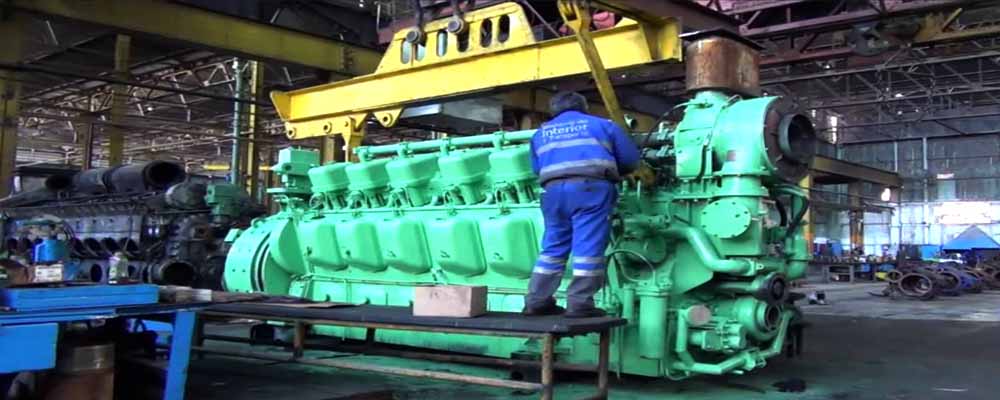
CC, or cubic centimeters, is a measure of engine displacement in train engines. It refers to the volume of the engine’s cylinders and is used as an indicator of engine size and power. Here is some information about what CC means in train engines, how it is related to engine power, the importance of CC in train engines, and how to choose the right CC for your train engine:
What is CC in a Train Engine
CC, or cubic centimeters, is a unit of measurement used to indicate the volume of an engine’s cylinders. In a train engine, the CC measurement is used to describe the displacement of the engine, which is the total volume of air that can be moved by the engine’s pistons during one complete cycle.
How is CC Related to Engine Power
In general, the larger the CC of a train engine, the more powerful it is. This is because a larger engine can burn more fuel and produce more energy. However, other factors such as fuel efficiency, engine design, and the number of cylinders also play a role in determining the power output of a train engine.
Importance of CC in Train Engines:
The CC of a train engine is an important factor to consider when choosing an engine for a particular application. The right CC can help to ensure that the engine has sufficient power to meet the demands of the rail service. Too small a CC may result in inadequate power, while too large a CC can result in excessive fuel consumption and maintenance costs.
How to Choose the Right CC for Your Train Engine:
The right CC for a train engine will depend on a number of factors, including the weight of the train, the terrain it will be operating on, and the desired speed and acceleration. Train engine manufacturers typically offer a range of CC options for their engines, allowing operators to choose the right size for their needs. It is important to consider all the factors when choosing the CC of a train engine, as the wrong choice can result in poor performance and higher operating costs.
Train Engine Price
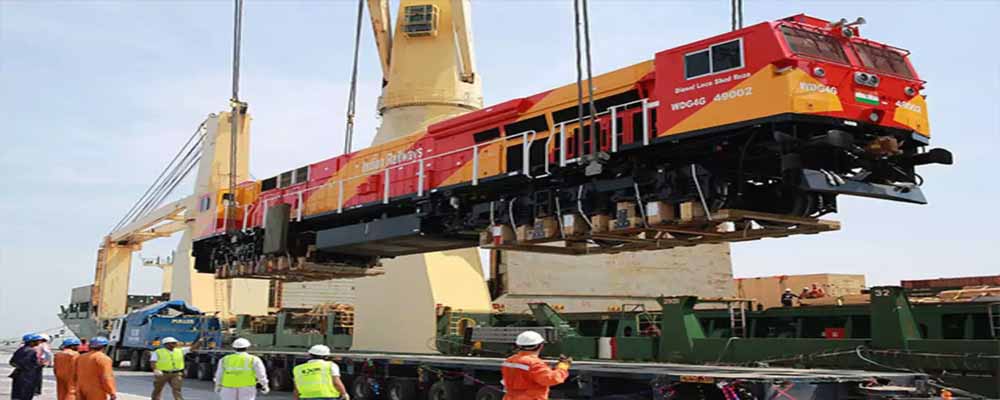
Train engine prices can vary greatly depending on a variety of factors, including the type of engine, its age and condition, and the level of customization required. Here is some information about the factors that influence train engine prices, the average price range for different types of train engines, a comparison of prices between different types of train engines, and tips for buying a train engine on a budget:
Factors That Influence Train Engine Prices:
- Type of engine: Different types of engines have different costs associated with their design and manufacturing processes.
- Age and condition: Newer engines or engines in better condition will typically have a higher price.
- Level of customization: Customized engines will generally be more expensive than standard engines.
- Demand and availability: Engines that are in high demand or that are rare and difficult to find may be more expensive.
Average Price Range for Different Types of Train Engines:
- Diesel engines: $1 million to $5 million
- Electric engines: $3 million to $6 million
- Steam engines: $250,000 to $1 million
- Hybrid engines: $4 million to $8 million
Comparison of Prices Between Different Types of Train Engines:
Diesel engines are typically the most affordable option, while electric and hybrid engines are more expensive due to their more advanced technology. Steam engines are generally the most affordable, but they are also the least common and may require more maintenance than other types of engines.
Tips for Buying a Train Engine on a Budget:
- Consider purchasing a used or refurbished engine, which can be significantly less expensive than a new engine.
- Look for engines that are in good condition but may have lower mileage or hours of use.
- Consider purchasing a standard engine rather than a customized one, which can be more affordable.
- Work with a reputable dealer or manufacturer that offers competitive pricing and financing options.
- Consider pooling resources with other rail operators to purchase an engine jointly, which can help to spread the cost.
Train Mileage
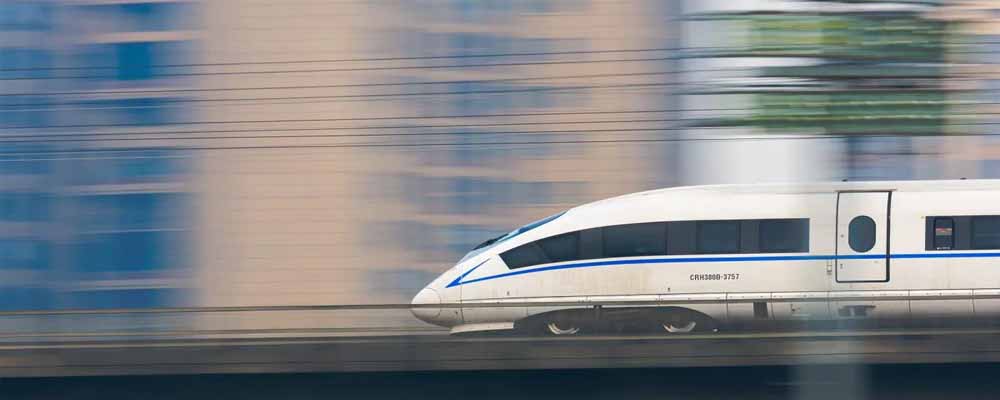
Train mileage, also known as train fuel efficiency or train fuel consumption, refers to the amount of fuel consumed by a train to travel a certain distance. Here is some information about the definition and importance of train mileage, factors that affect train mileage, how to improve train mileage, and tips for maximizing fuel efficiency:
Definition of Train Mileage:
Train mileage is a measure of the amount of fuel consumed by a train to travel a certain distance. It is typically expressed in miles per gallon (MPG) or liters per 100 kilometers (L/100 km).
Importance of Train Mileage:
Fuel consumption is a significant operating cost for rail operators, and improving fuel efficiency can help to reduce costs and increase profitability. In addition, reducing fuel consumption can also help to reduce greenhouse gas emissions and promote environmental sustainability.
Factors That Affect Train Mileage:
- Train weight and load: Heavier trains or trains carrying a heavier load will require more fuel to move the same distance.
- Train speed: Higher speeds require more fuel, so slower trains will typically have better fuel efficiency.
- Terrain: Trains operating on hilly or mountainous terrain will typically have lower fuel efficiency due to the increased resistance.
- Train design and technology: Modern train engines and railcars are typically more fuel-efficient than older models, and improvements in aerodynamics and energy recovery systems can also help to improve fuel efficiency.
How to Improve Train Mileage:
- Use modern, fuel-efficient train engines and railcars.
- Optimize train weight and load to reduce fuel consumption.
- Monitor train speed and reduce unnecessary idling or speeding.
- Implement energy recovery systems such as regenerative braking.
- Use alternative fuels or hybrid technologies where possible.
Tips for Maximizing Fuel Efficiency:
- Regularly maintain train engines and railcars to ensure they are operating at peak efficiency.
- Use eco-driving techniques such as gentle acceleration and deceleration to reduce fuel consumption.
- Plan train routes to minimize hills and maximize downhill grades.
- Monitor and analyze fuel consumption data to identify opportunities for improvement.
Train Engine Maintenance
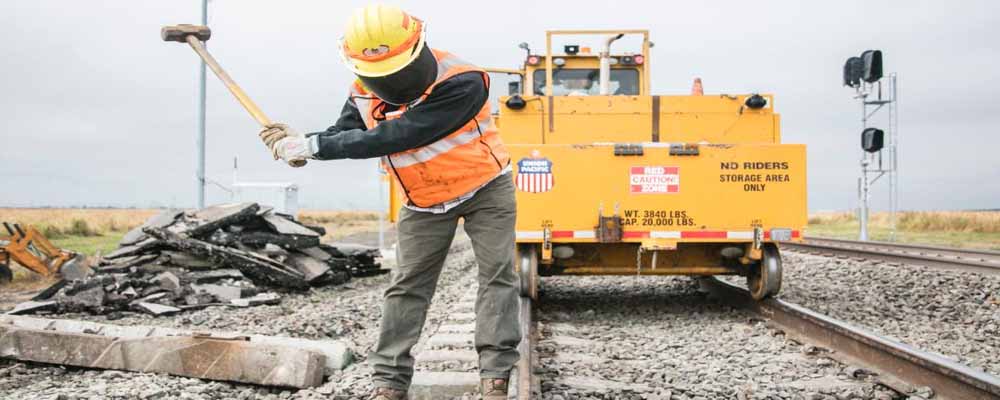
Train engine maintenance is crucial for ensuring the safety and reliable operation of trains. Here are some important points to know about train engine maintenance:
Importance of Regular Train Engine Maintenance:
Regular maintenance of train engines is critical for ensuring that they operate safely and reliably. Failure to perform proper maintenance can lead to equipment breakdowns, safety hazards, and reduced performance.
Common Train Engine Maintenance Tasks:
Common maintenance tasks for train engines include:
- Regular inspections to check for wear, leaks, or other issues
- Lubrication of engine components
- Replacement of worn or damaged parts
- Cleaning and servicing of filters, belts, and hoses
- Regular oil changes
Tips for DIY Train Engine Maintenance:
Train engine maintenance is typically performed by trained professionals, but there are some tasks that can be done by individuals with the right tools and knowledge. Some tips for DIY train engine maintenance include:
- Follow manufacturer guidelines and recommended maintenance schedules
- Use high-quality replacement parts and lubricants
- Take safety precautions when working with machinery
- Learn how to properly inspect and diagnose issues
Signs of Train Engine Problems
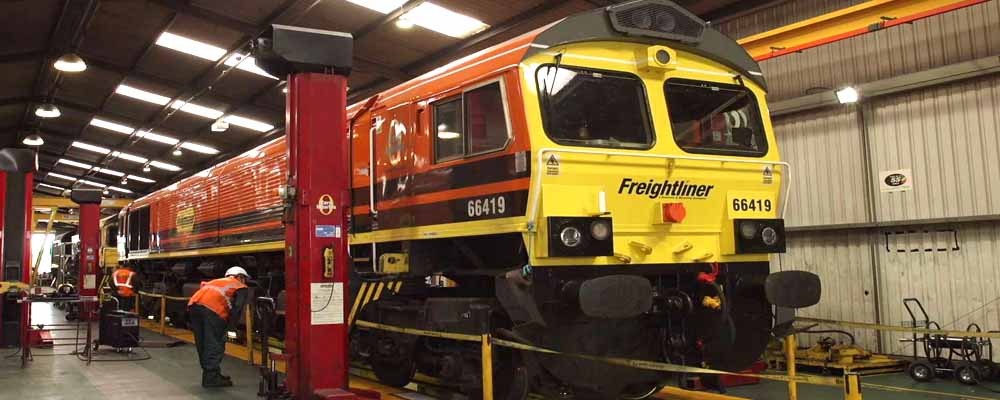
Signs of train engine problems may include:
- Unusual noises or vibrations
- Reduced power or acceleration
- Smoke or unusual exhaust emissions
- Increased fuel consumption
- Warning lights or error codes
How to Troubleshoot Train Engine Issues:
To troubleshoot train engine issues, it is important to identify the symptoms and possible causes. Some steps that can be taken to troubleshoot train engine issues include:
- Conducting a visual inspection of the engine
- Checking fluid levels and quality
- Reviewing maintenance records to identify potential issues
- Consulting with a qualified technician or mechanic to diagnose and repair issues
Train Engine Upgrades and Modifications
Train engine upgrades and modifications can improve the performance, efficiency, and lifespan of train engines. Here are some important points to consider:
Popular Train Engine Upgrades and Modifications:
- Installation of new or upgraded engine components, such as turbochargers, injectors, or exhaust systems
- Upgrades to the fuel system, such as high-performance fuel pumps or injectors
- Installation of performance tuning software or engine management systems
- Improvements to the cooling or air intake system
- Modifications to the transmission or drivetrain
Benefits of Upgrading and Modifying Train Engines
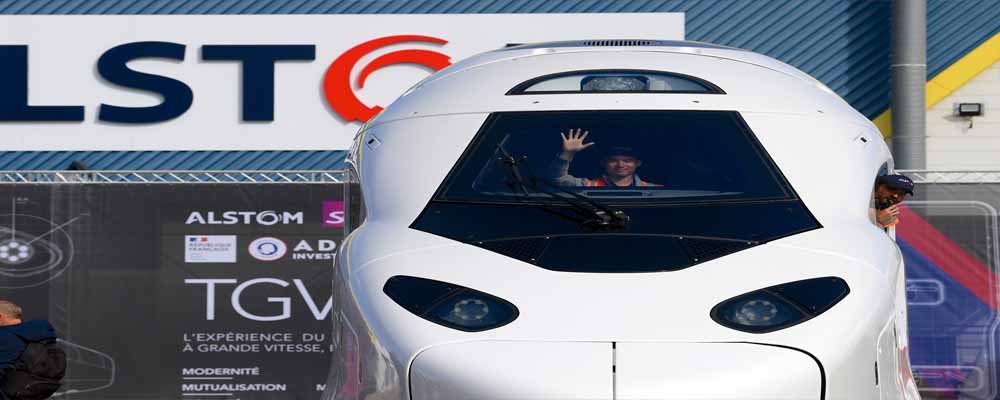
Upgrading and modifying train engines can offer several benefits, including:
- Improved performance and acceleration
- Increased fuel efficiency and reduced emissions
- Longer engine lifespan and reduced maintenance costs
- Enhanced safety features
- Improved overall reliability and longevity
Risks and Challenges of Train Engine Modifications:
There are also some risks and challenges associated with train engine modifications, including:
- Potential for increased wear and tear on engine components
- Increased risk of engine failure or breakdown
- Potential voiding of manufacturer warranties
- Increased risk of safety hazards if modifications are not properly installed or maintained
How to Choose the Right Upgrades and Modifications for Your Train Engine:
Choosing the right upgrades and modifications for your train engine depends on several factors, including:
- The specific needs and goals of your operation
- Your budget and resources
- The compatibility of upgrades and modifications with your engine and other components
- The level of experience and expertise of your maintenance team or contractors
It is important to thoroughly research and consult with experts before making any train engine upgrades or modifications. Proper planning and execution can help ensure that upgrades are successful and offer the desired benefits.
Train Engine Performance and Efficiency
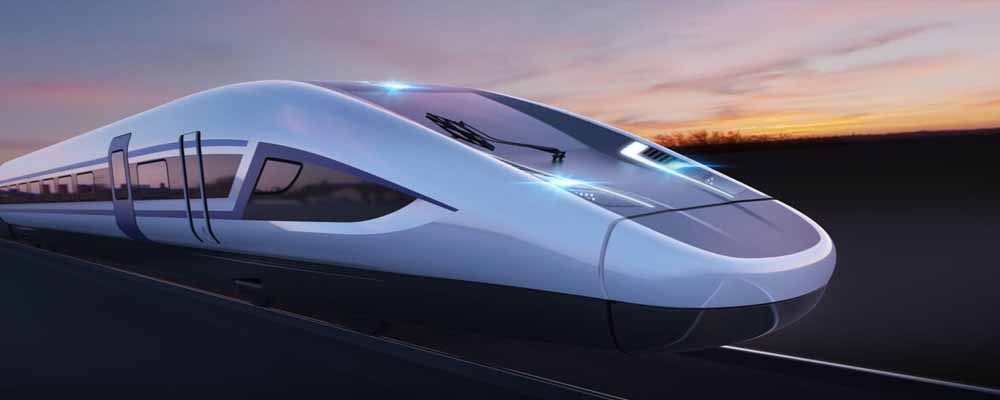
Factors That Affect Train Engine Performance and Efficiency:
- Engine type and design
- Fuel type and quality
- Engine load and speed
- Maintenance and upkeep
- Driving techniques and habits
How to Measure Train Engine Performance and Efficiency:
Train engine performance and efficiency can be measured through various metrics, including:
- Horsepower and torque
- Fuel consumption and emissions
- Speed and acceleration
- Load carrying capacity
Techniques for Improving Train Engine Performance and Efficiency:
Some techniques that can improve train engine performance and efficiency include:
- Regular maintenance and upkeep
- Upgrading engine components or systems
- Improving fuel quality and usage
- Enhancing driving techniques and habits
How to Monitor Train Engine Performance and Efficiency:
Train engine performance and efficiency can be monitored through various methods, including:
- Regular inspections and maintenance checks
- Monitoring fuel consumption and emissions
- Analyzing performance metrics and data
- Using onboard diagnostic systems and sensors
Train Engine Safety
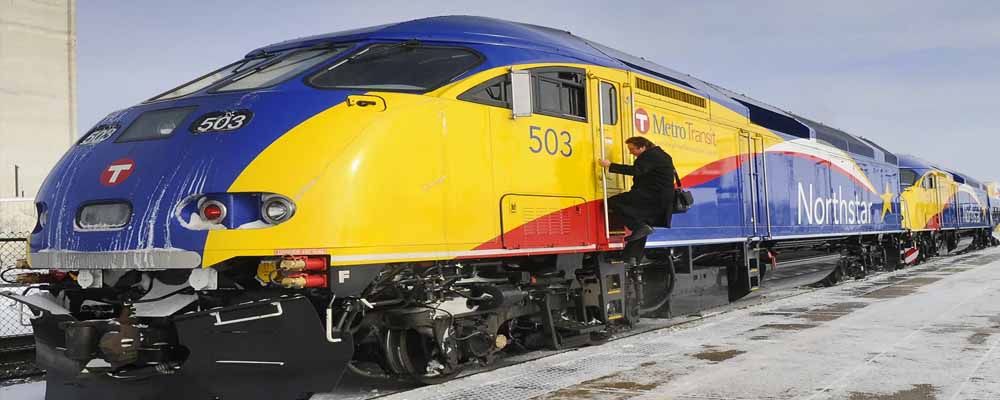
Importance of Train Engine Safety:
Train engine safety is of utmost importance to prevent accidents, injuries, and fatalities. Train engines are powerful machines that operate in various environments and conditions, making them susceptible to several hazards that can endanger the lives of passengers, crew members, and other individuals. Therefore, it is crucial to ensure that train engines are maintained, operated, and inspected with the highest safety standards in mind.
Common Train Engine Safety Hazards:
Several hazards can affect train engine safety, including:
- Collisions with other trains, vehicles, or objects
- Derailments or track failures
- Fire or explosion
- Electrocution or electric shock
- Slip, trips, and falls
- Exposure to hazardous materials or substances
Safety Regulations and Standards for Train Engines:
Several safety regulations and standards exist to ensure train engine safety, including:
- The Federal Railroad Administration (FRA) regulations
- The Occupational Safety and Health Administration (OSHA) standards
- The American Association of Railroads (AAR) recommendations
- International safety standards and guidelines
How to Ensure Train Engine Safety:
To ensure train engine safety, it is essential to:
- Comply with safety regulations and standards
- Conduct regular inspections and maintenance checks
- Train and educate crew members and employees on safety procedures and protocols
- Implement safety equipment and devices, such as seat belts, airbags, and emergency systems
- Continuously monitor and evaluate safety performance and outcomes.
Future of Train Engines

Emerging Train Engine Technologies:
Several emerging technologies are being developed for train engines, including:
- Hydrogen fuel cell technology
- Battery-electric technology
- Hybrid-electric technology
- Autonomous train operation
- Artificial intelligence and machine learning applications
Predictions for the Future of Train Engines:
The future of train engines is expected to be characterized by:
- Increased use of renewable energy sources
- Greater efficiency and performance
- Improved safety and security features
- Enhanced connectivity and communication capabilities
- More autonomous and self-driving train operation
- Development of high-speed rail networks
Impact of Train Engine Innovations on the Transportation Industry:
Train engine innovations are expected to have a significant impact on the transportation industry, including:
- Reduced emissions and environmental impact
- Lower operating costs and increased efficiency
- Improved safety and security
- Greater connectivity and communication between trains, infrastructure, and passengers
- Expansion of transportation networks and opportunities
Challenges and Opportunities for Train Engine Manufacturers:
Train engine manufacturers will face several challenges and opportunities in the future, including:
- Developing and integrating new technologies while maintaining safety and reliability standards
- Meeting regulatory requirements and emissions standards
- Adapting to changing customer demands and expectations
- Navigating market competition and globalization trends
- Collaborating with infrastructure providers, governments, and other stakeholders to improve transportation networks and sustainability.
Conclusion
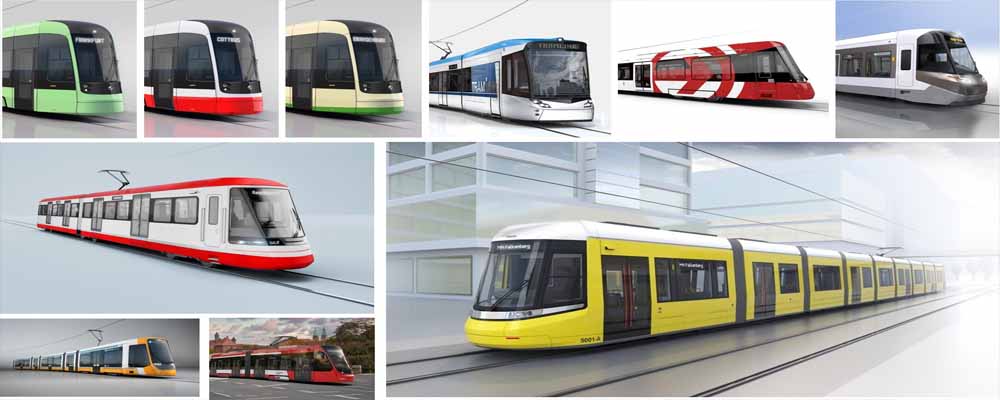
Recap of the Key Points Covered in the Guide:
- Train engines are the power source for trains, providing the necessary force to move large quantities of goods and people.
- Different types of train engines include diesel, electric, steam, and hybrid engines, each with their own advantages and disadvantages.
- CC (cylinder capacity) is an important factor to consider when choosing a train engine, as it affects the engine’s power output.
- Train engine prices vary depending on factors such as type, age, condition, and manufacturer.
- Train mileage is an important factor to consider when assessing the efficiency and performance of train engines, and there are several ways to improve fuel efficiency.
- Regular train engine maintenance is critical for safety, performance, and longevity, and there are several DIY tasks that can be done to maintain a train engine.
- Upgrading and modifying train engines can improve performance and efficiency, but it is important to consider the risks and challenges involved.
- Safety is of utmost importance when operating train engines, and there are several regulations and standards in place to ensure safety.
- Emerging technologies such as hydrogen fuel cells, battery-electric, and autonomous train operation are expected to shape the future of train engines.
Importance of Train Engines in the Transportation Industry:
Train engines are a crucial component of the transportation industry, enabling the movement of goods and people over long distances in a safe, efficient, and sustainable manner. They play a key role in economic development, job creation, and environmental sustainability, and will continue to be an important mode of transportation in the future.
Final Thoughts and Recommendations:
Train engines are complex machines that require careful consideration and maintenance to ensure safety and performance. When choosing a train engine, it is important to consider factors such as type, CC, mileage, and price. Regular maintenance is critical to ensure safety, efficiency, and longevity, and there are several DIY tasks that can be done to maintain a train engine. When upgrading or modifying a train engine, it is important to consider the risks and benefits involved. As emerging technologies continue to shape the future of train engines, it is important for manufacturers, operators, and stakeholders to work together to ensure safety, sustainability, and innovation in the transportation industry.
FAQs about Train Engines
What is the most powerful train engine?
The most powerful train engine is the Union Pacific Big Boy, a steam locomotive that was in service in the United States in the mid-20th century. It had a maximum horsepower of 6,000 and weighed over 1.2 million pounds.
How many horsepower is a train engine?
The horsepower of a train engine can vary depending on the type and model of the engine. Diesel-electric locomotives typically range from 2,000 to 6,000 horsepower, while some steam locomotives can reach up to 7,000 horsepower.
What kind of engines are in trains?
There are several types of engines that can be found in trains, including steam engines, diesel engines, and electric motors. The specific type of engine used in a train can depend on factors such as the size of the train, the type of terrain it will be traveling on, and the fuel source available.
Are train engines AC or DC?
Both AC (alternating current) and DC (direct current) can be used in train engines. Electric trains typically use AC power, while diesel-electric locomotives use DC power.
Which engine is used in Metro train?
Metro trains can use a variety of engines depending on the specific system and location. Some metro systems use electric motors, while others use diesel-electric locomotives. Additionally, some metro systems use a combination of both electric and diesel-electric engines.

